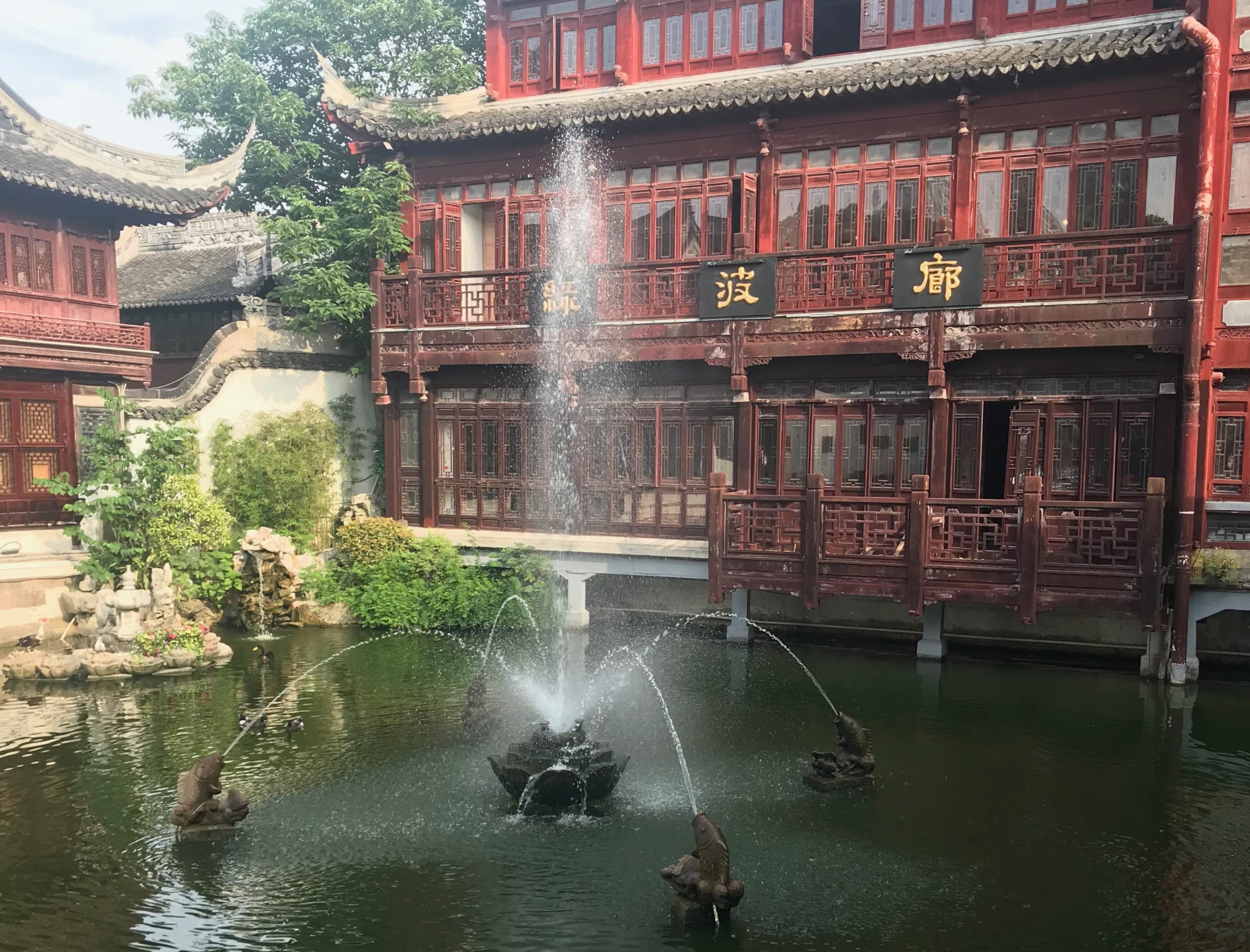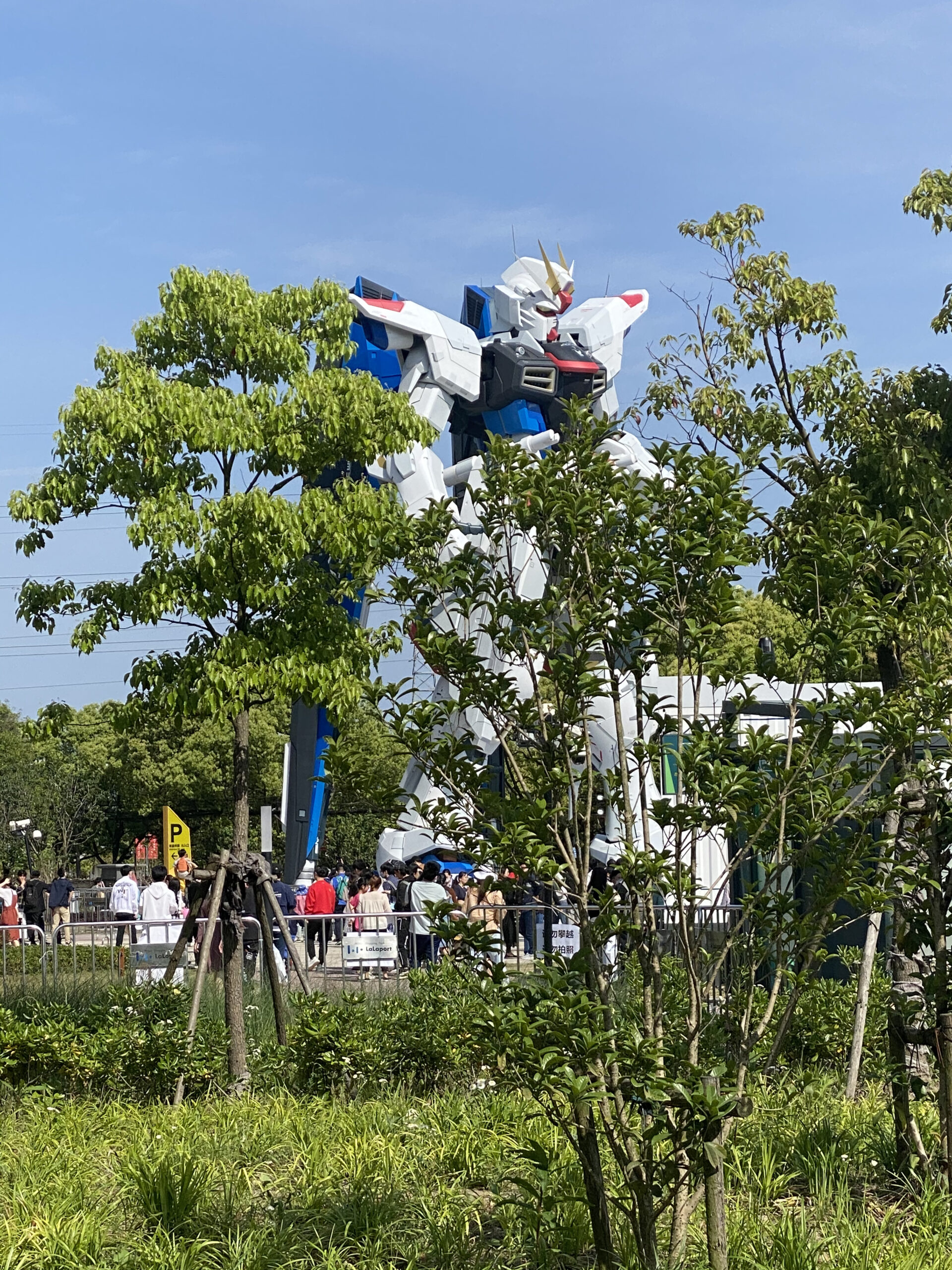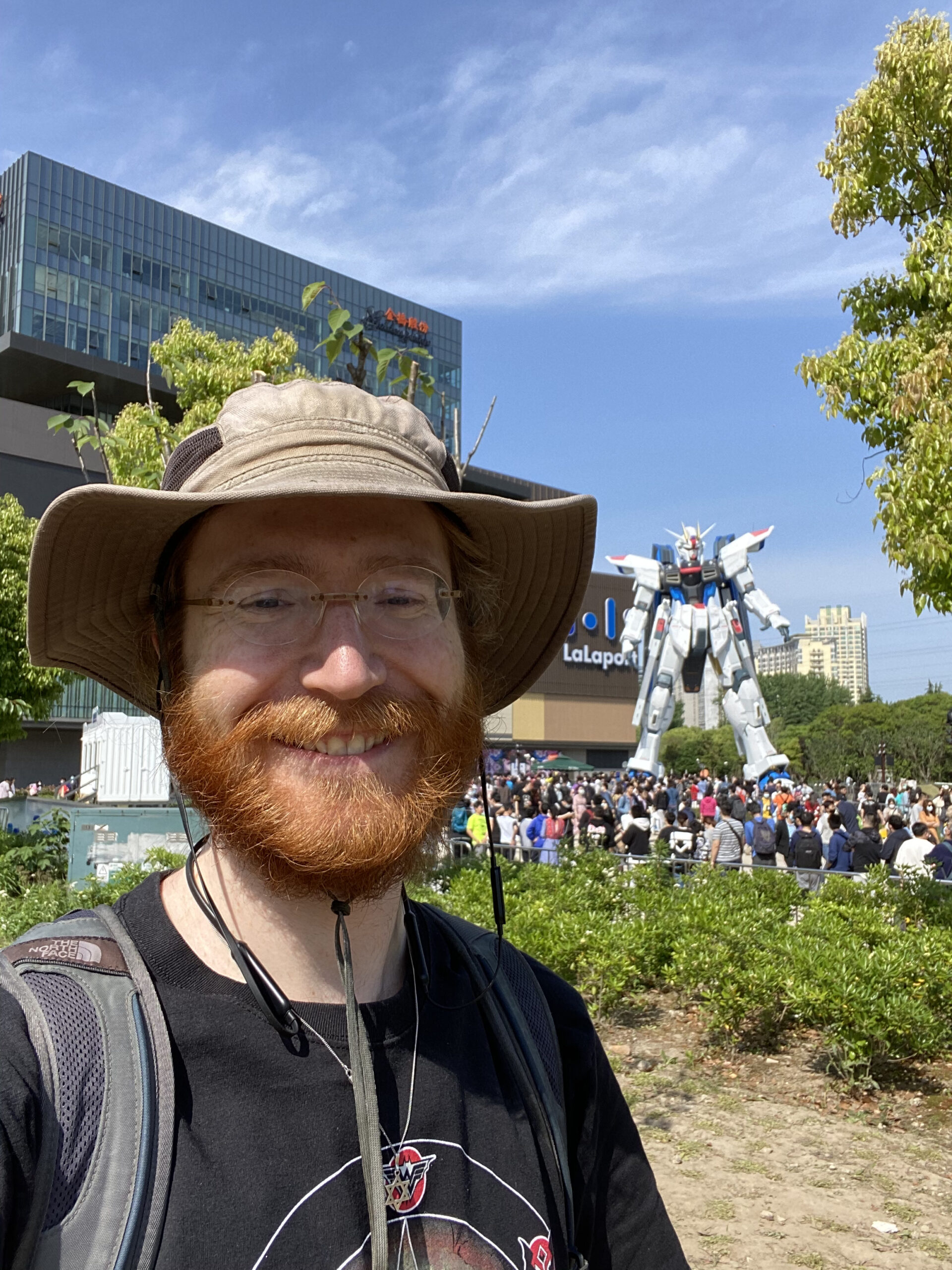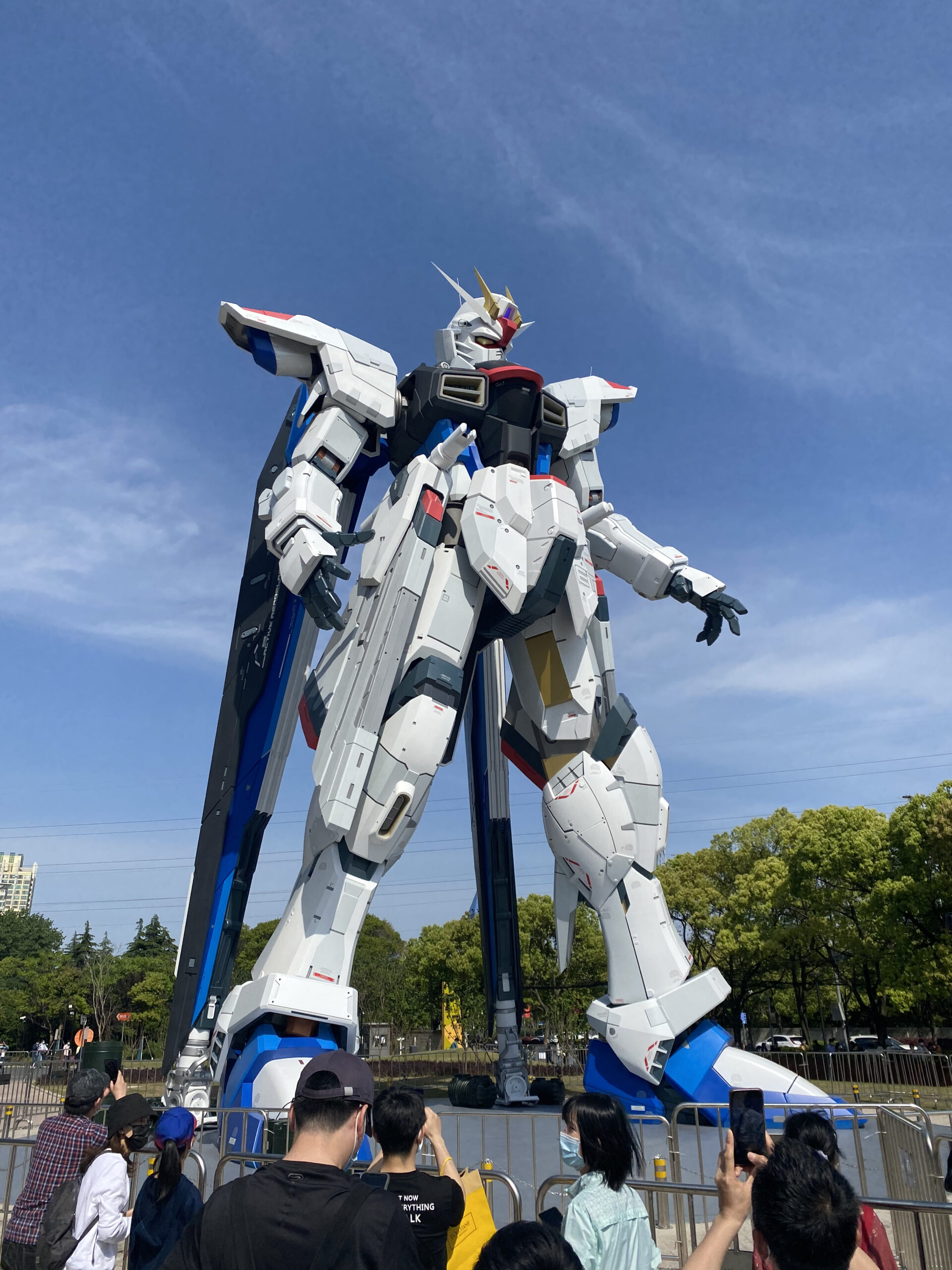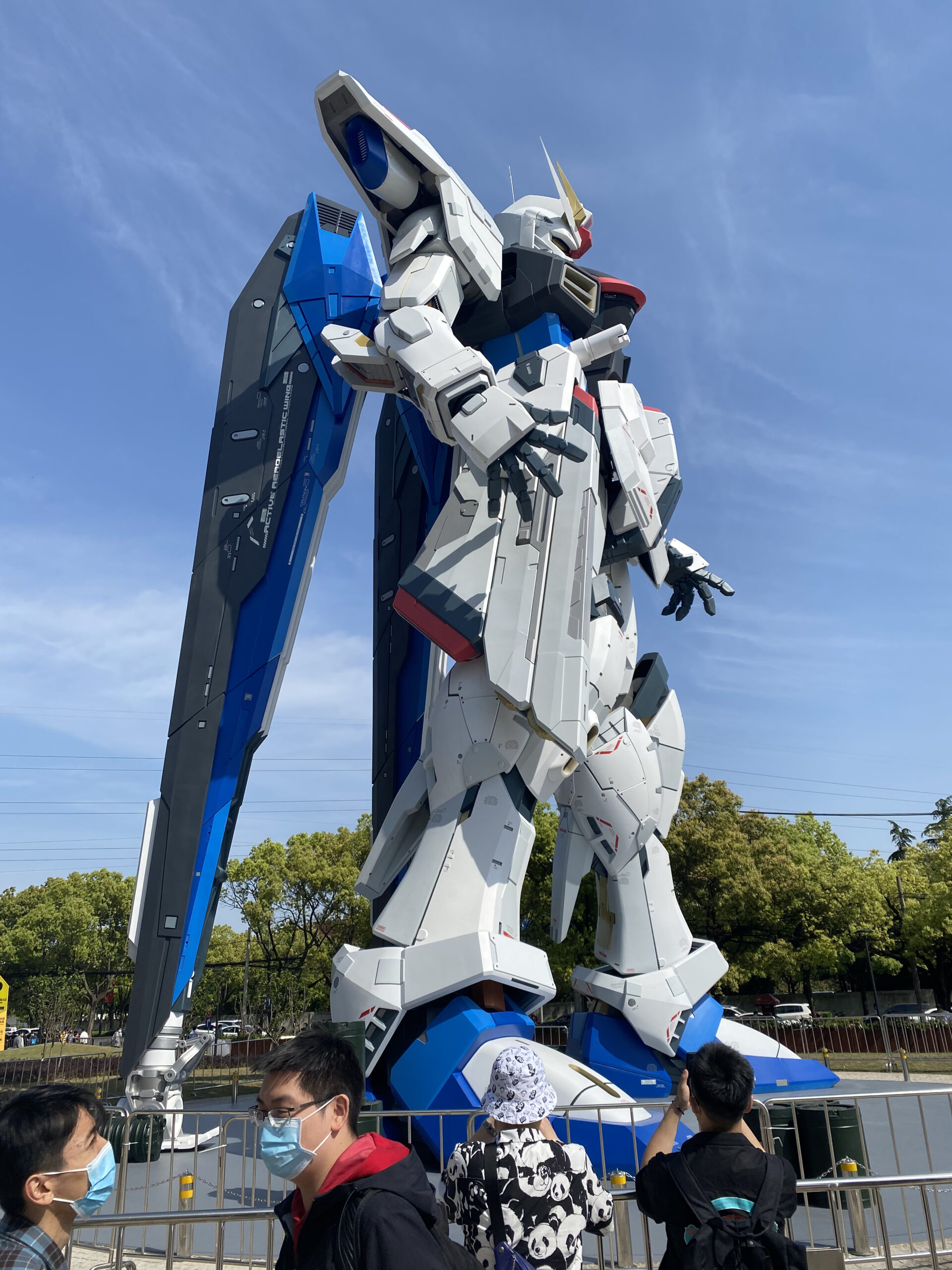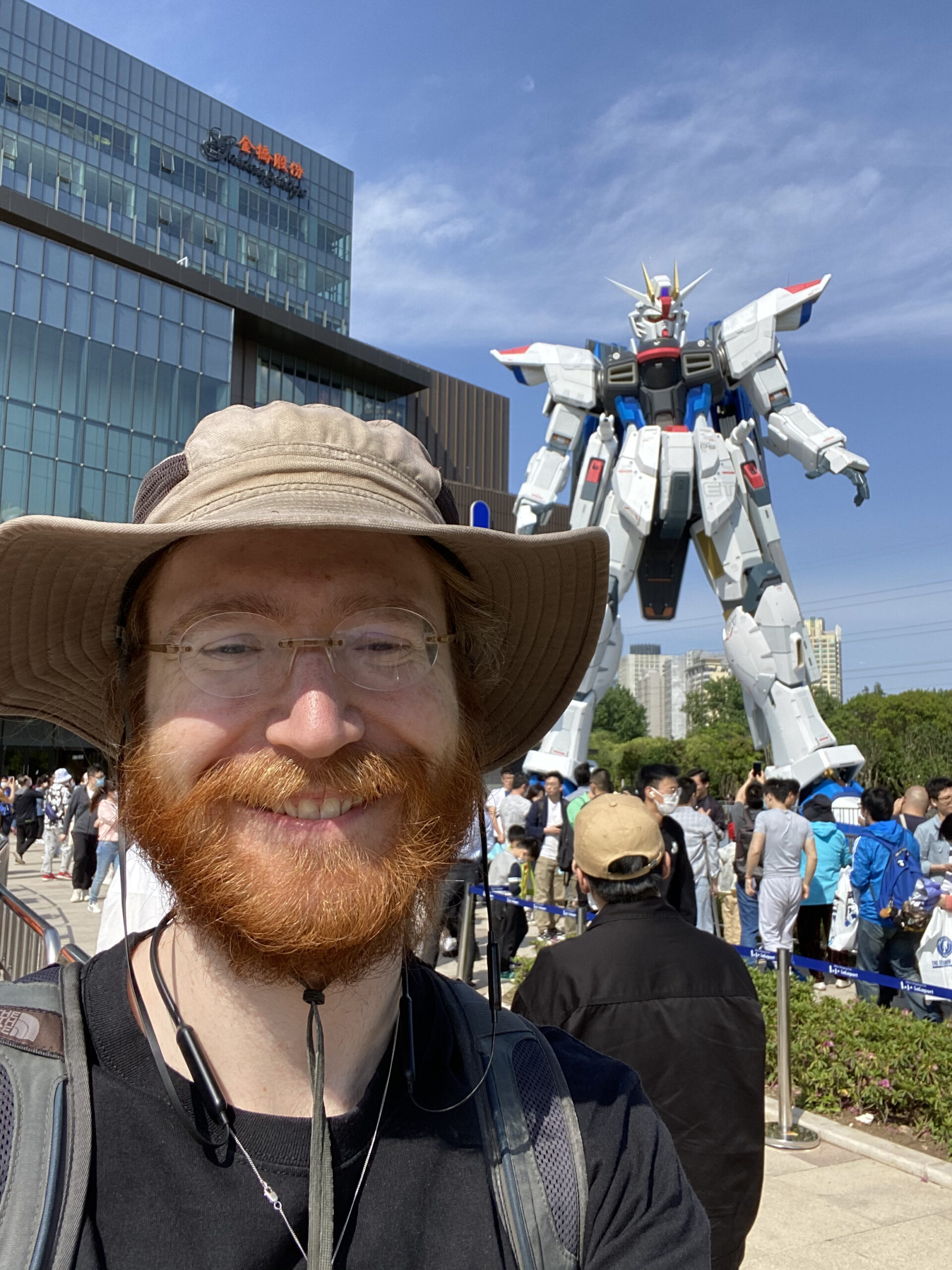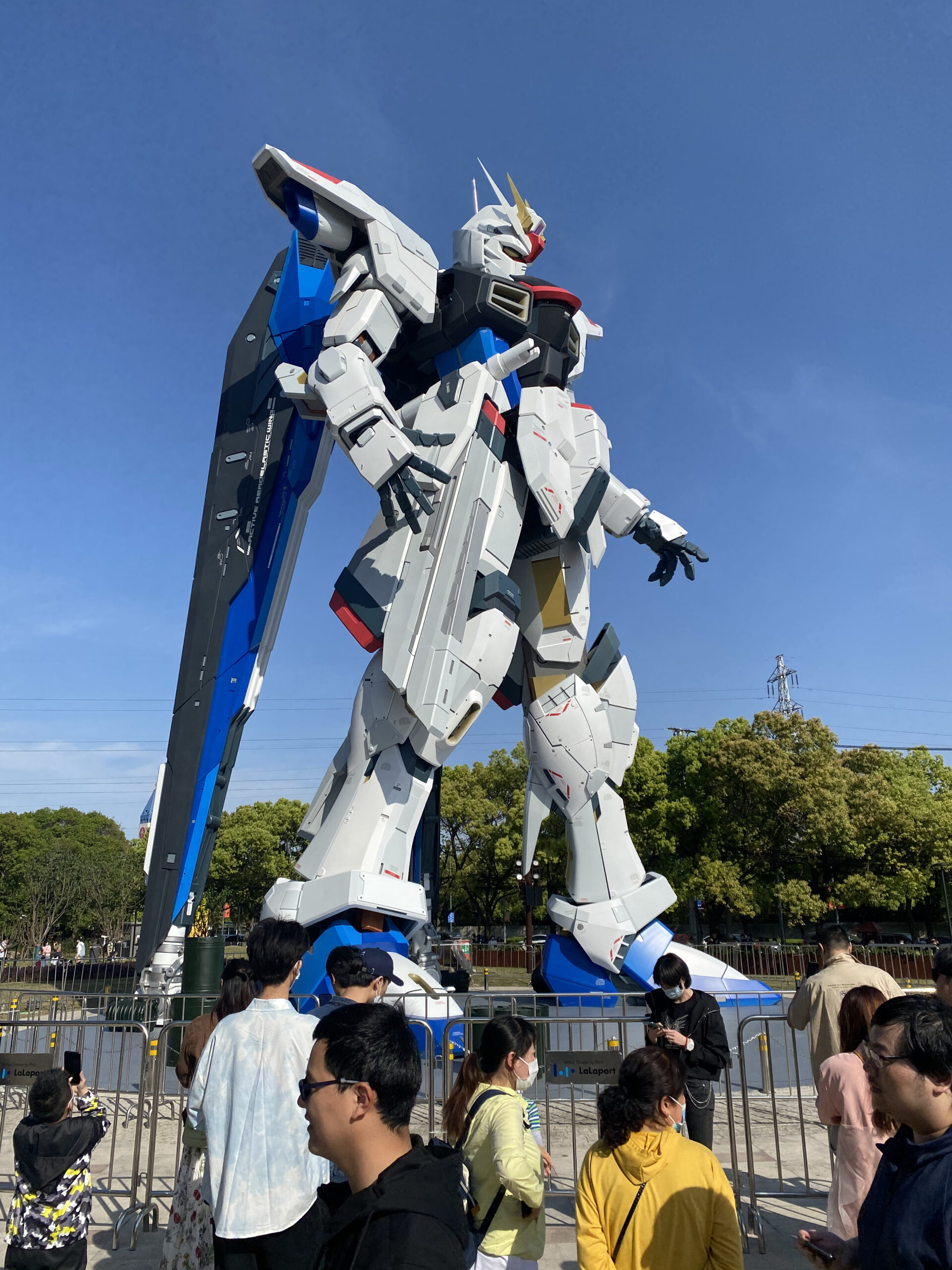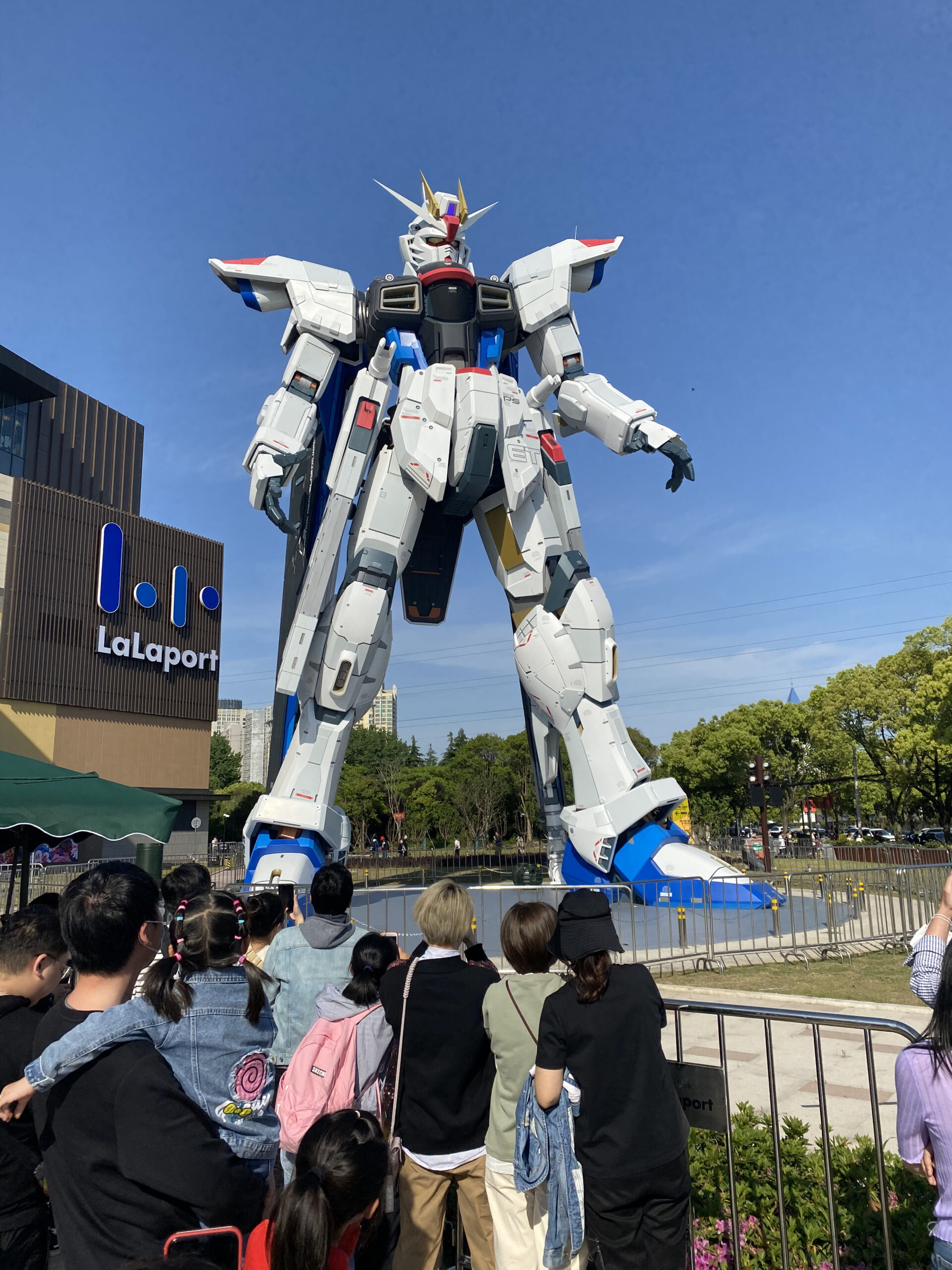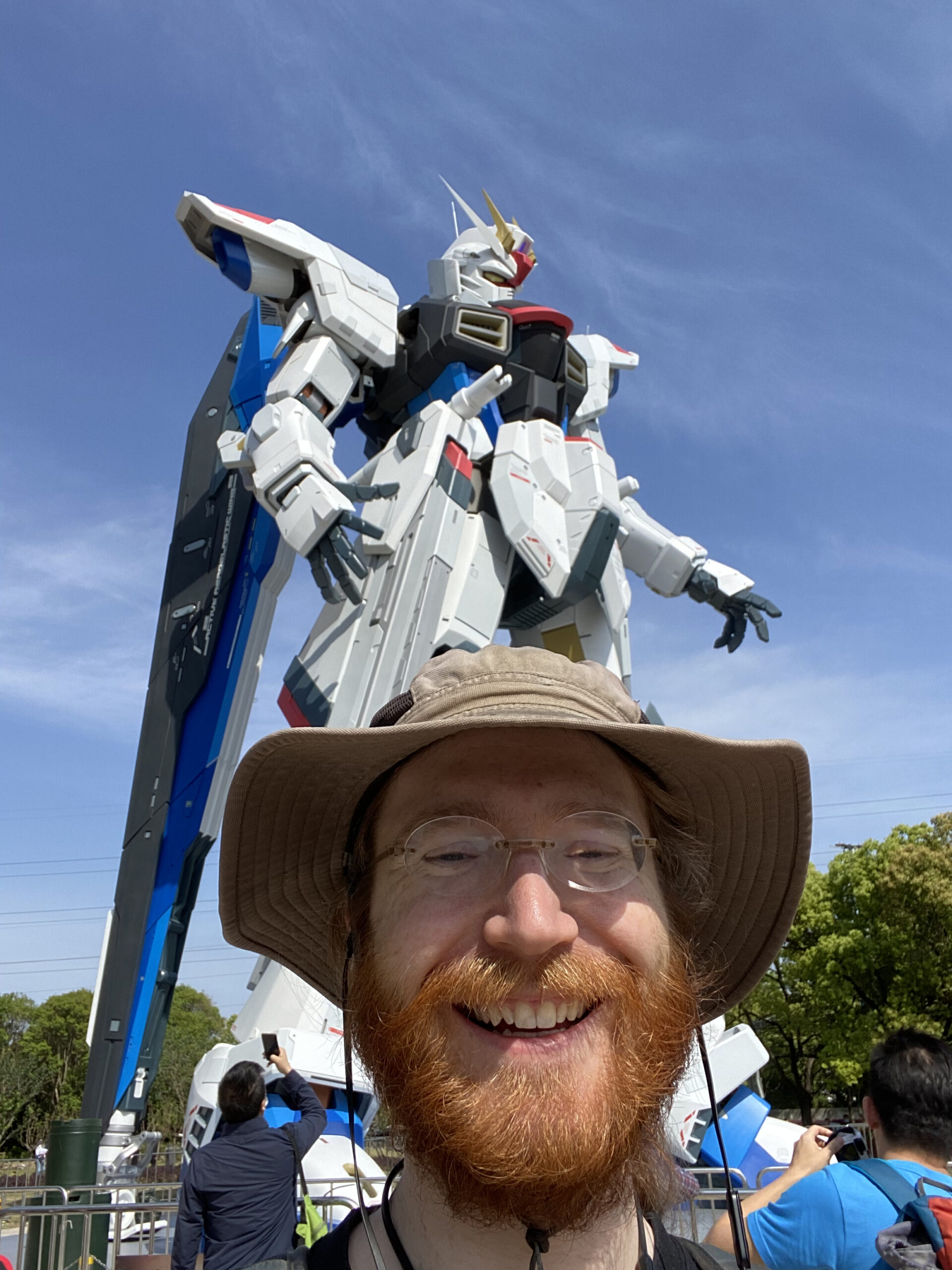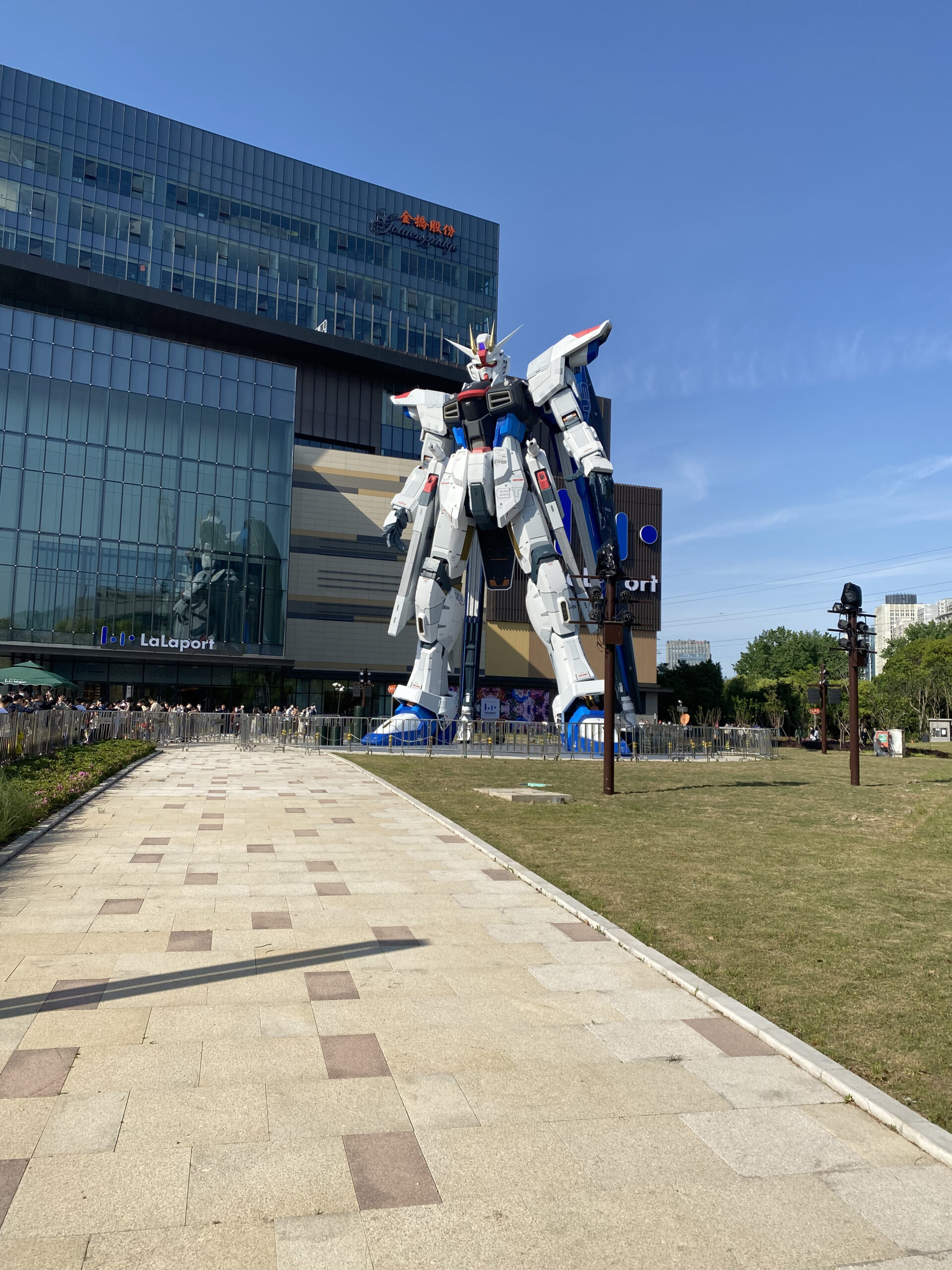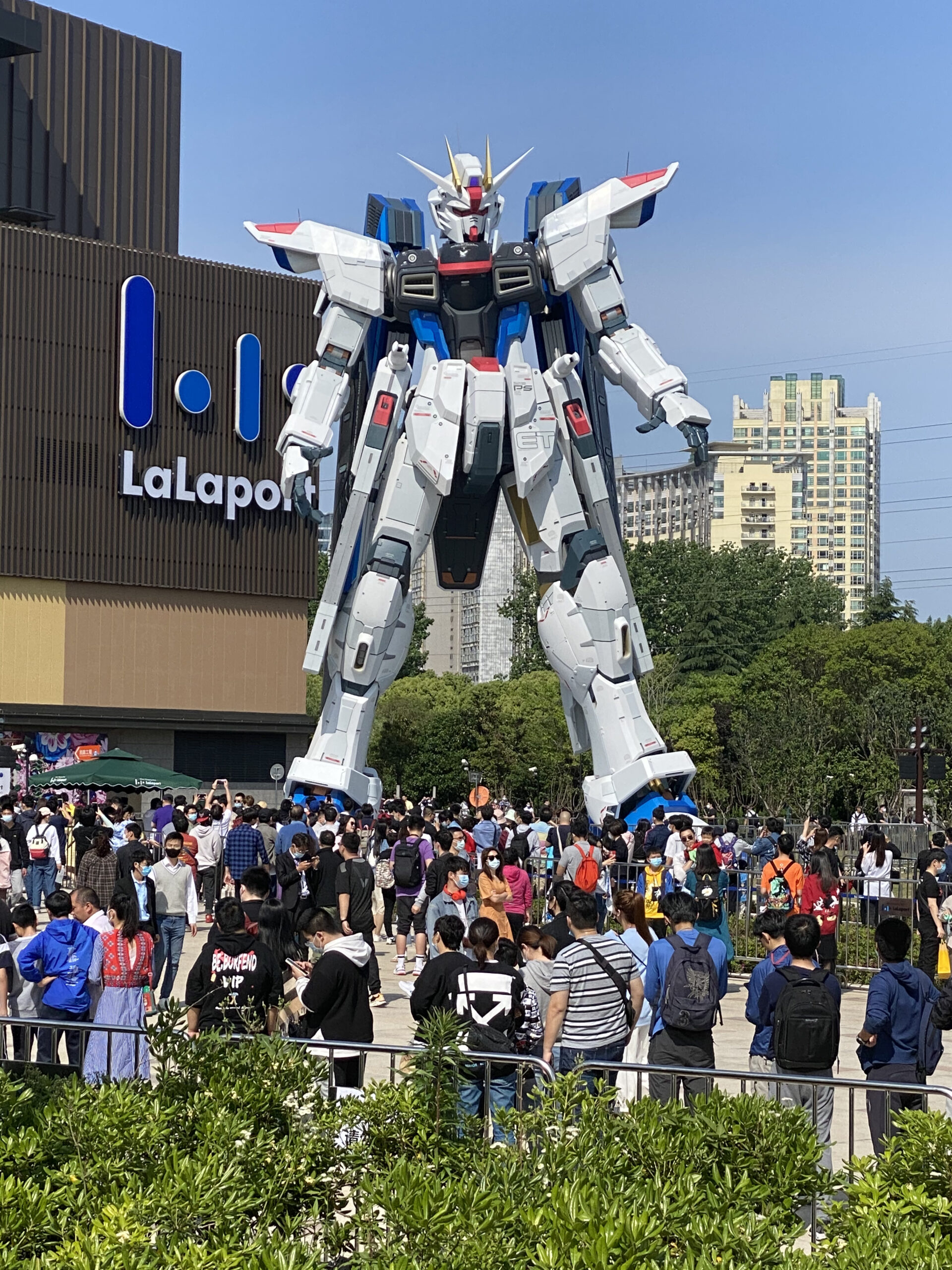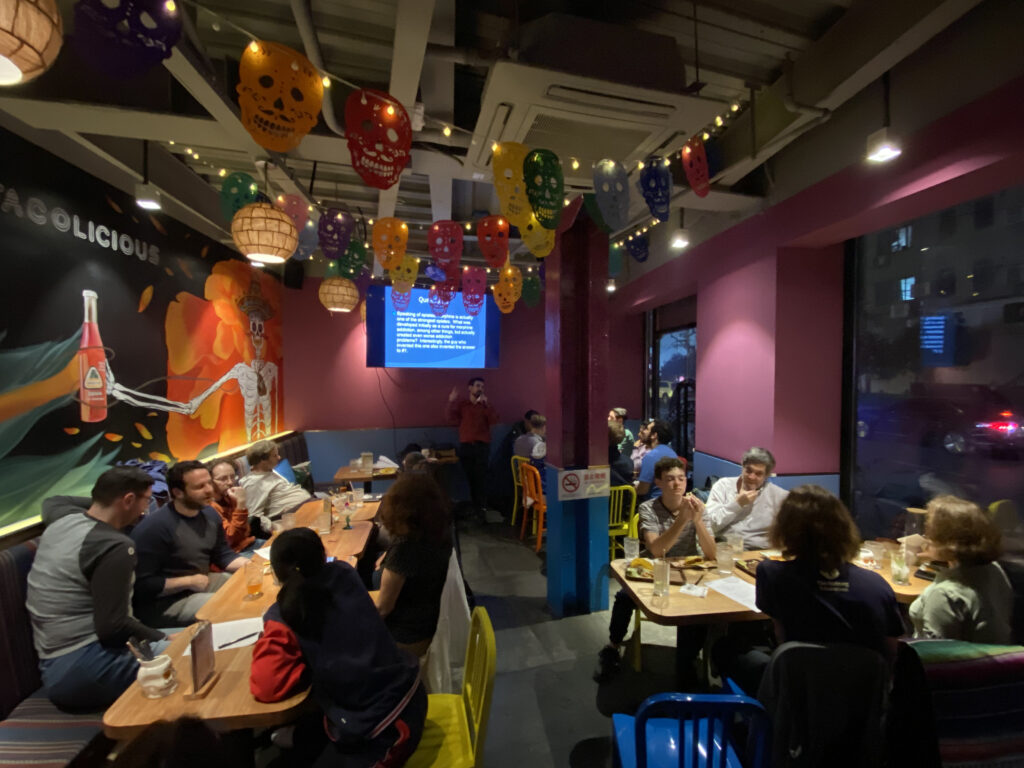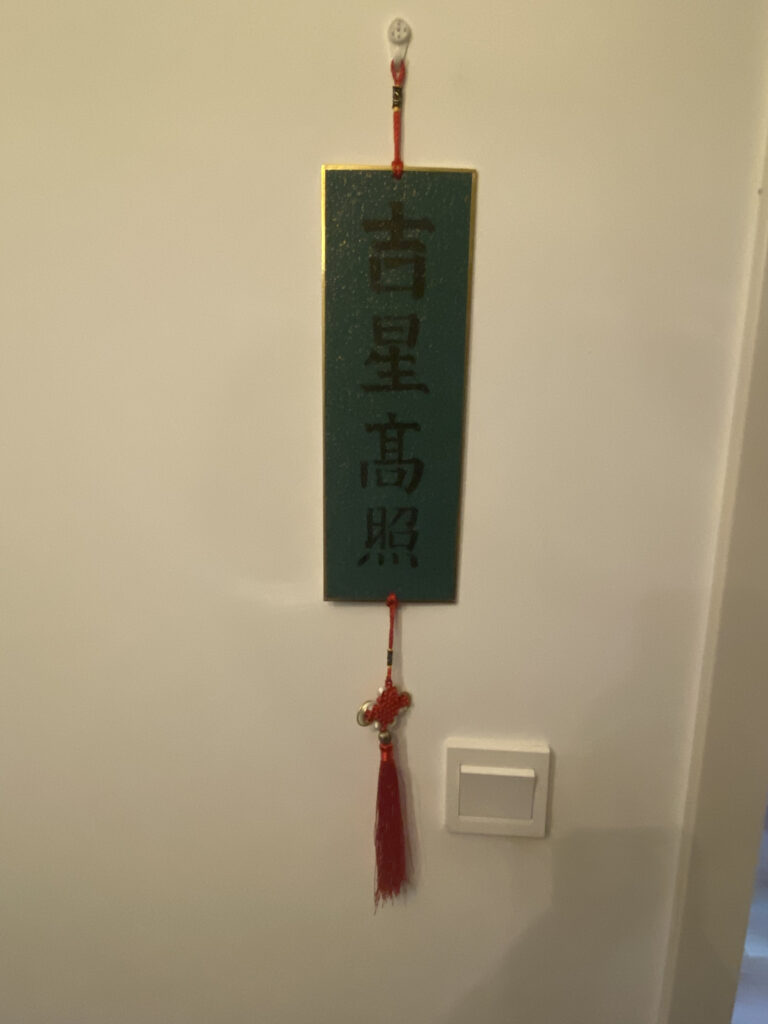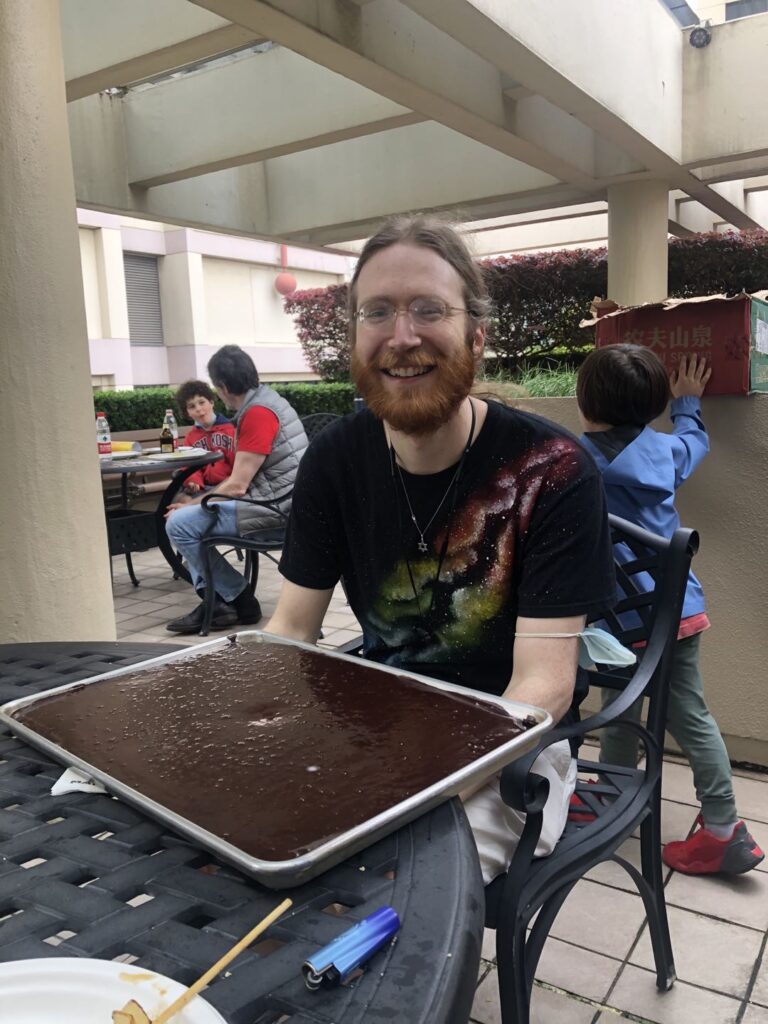Welcome to Astronomer in Shanghai! Thank you for following my blog and for your interest in my life and adventures in Shanghai! As covid-19 persists in the US and around the world, and you are (hopefully) continuing to remain vigilant, avoiding large gatherings, and social distancing, I hope that you are all staying safe and healthy and that my blog highlights what the world looks like once recovery begins. As things improve, I hope that you enjoy small gatherings with friends and family and other outdoor activities. I’m sure you’ll find these interactions meaningful and enjoyable as I have.
If you have fun following my blog, please subscribe and let me know! To subscribe, enter your name and e-mail on the right side of the page. Once subscribed, you’ll receive an e-mail with each new post. If you have any questions about my life in Shanghai, please ask. Instructions are on the “To Comment” page. Also, feel free to share this blog with anyone else who may be interested in my life and adventures in China!
Life in Shanghai
I hope that this update finds all of you staying safe, healthy, and hopefully vaccinated. If you haven’t done so already, I strongly encourage you and your families to get the covid-19 vaccination as soon as possible (if available in the country you live in). Moreover, I hope that all of you are enjoying the warm spring weather (though it’s definitely summer in Shanghai) and are getting to spend some time outside doing socially distanced activities.
I’ll begin this week’s post with a covid-19 update. I’m sure some of you have heard that Guandong Province and Guanzhou (city) have gone into lockdown. For those of you unfamiliar with Chinese geography, this is the southern tip of China, near Hong Kong, so very far away from Shanghai. The lockdowns are a result of a rise of imported cases (though still small numbers, just 130 cases). However, it’s these kind of strict responses, which include mass testing of the populace, that have allowed China to remain being safe throughout the covid-19 pandemic. In terms of cases, there are 71 imported and active cases in Shanghai, with a recovery rate of 96.32%. In Beijing, there are just 9 cases with a recovery rate of 98.3%. The situation in Taiwan remains concerning as there are now ~ 9,600 cases (nearly all the cases in China). For China as a whole, there are 10,049 cases and the recovery rate is at 86.75%.
A few weeks ago, I shared with you that I was able to get a covid-19 vaccination. 🙂 I wanted to update you on how Shanghai has been pushing vaccinations. When I was vaccinated, I had to register with a local hospital for an appointment (that was about 40 minutes away from where I live). However, now, there are mobile clinics that are coming to each residential compound (roughly a block) and offering vaccinations. Today, as I was out for a walk, I saw a flyer for one of these for my own compound. While I’m not sure if I would have been eligible (as a foreigner), I’m glad to see that Shanghai is promoting the importance of getting vaccinated and making it more accessible to everyone! On a funnier note, every time I translate these messages, novel corona virus is translated to new crown virus (which makes sense), but always makes me laugh.
In other China news, this past week, China announced a 3 child policy (in effort to increase population growth, which has apparently stagnated). While I haven’t talked to my colleagues about it, what I’ve heard is that there’s more concern about being able to afford a third child than there is excitement for the opportunity.
In terms of Astronomy, this was another very work focused week. I spent most of my time adjusting and reanalyzing my mock galaxy catalog. While I definitely made progress and fixed some of the bugs, there are still a few issues that seem to be resulting in measurements that aren’t quite in agreement with what we expect, so it looks like I’ll be continuing to tweak this again. Hopefully, my supervisor Ying and I can figure out what the issue is to fix. Additionally, thanks to more help from my Ph.D. supervisor, I was able to finish making the revisions based on the comments from the final reviewer for my DES paper on the Stellar Mass – Halo Mass relation and it’s evolution. So, that paper will be resubmitted to the reviewer at the start of the week.
Since I know many of you aren’t Astronomers, I wanted to explain some of the bigger picture aspects of my research. However, since I’m working on a bunch of projects, I’ll do this one at a time spaced out over a few weeks (thanks for the suggestion Bernard!). To start, I want to explain my research on the redshift evolution of the Stellar Mass – Halo Mass (SMHM) relationship.
In simplest terms, much of my research focuses on understanding the makeup and population of galaxy clusters. In particular, for this project, we are studying Brightest Cluster Galaxies (BCGs) that sit at the center of clusters and whose properties are strongly tied to the underlying dark matter halo (that forms the substructure within which galaxies form). BCGs are ~10-100x more massive than the Milky Way. In quantifiable terms, the SMHM relation compares the amount of stellar matter contained within that BCG to the amount of dark matter within a cluster. While this number itself can be very interesting, we measure how this relationship evolves over cosmic time (we cover ~ 6 billion years in our analysis). In doing so, we aim to understand how these massive galaxies grow and evolve over cosmic time as well as how the halos they reside in grow. This type of insight can be gleaned because changes in the slope of this relationship can tell us how these two masses are changing. Moreover, by adding additional components to our SMHM relation (which we do using the magnitude gap, a tracer for how much brighter the BCG is than smaller galaxies in the cluster), we can characterize how both the cluster population and outskirts of the BCG (the intra-cluster light) are changing as well. This type of analysis allows us to better understand both the formation mechanisms of massive galaxies and also how the dark matter halos they live in assemble. So, to summarize, the goal of my research on the evolution of the SMHM relation is to best characterize how and where massive galaxies grow over cosmic time.
I hope that this summary makes sense to everyone (especially to those of you not studying Astronomy). However, as always, if you have follow up questions, don’t hesitate to ask!
This was a pretty work focused week. As I noted in the title, we’re now reaching the start of summer in Shanghai. While the temperature hasn’t maintained the incredibly high heat every day, it’s very rarely cooler than the mid 80s with about 70+% humidity. So, in my mind, pretty uncomfortable without the AC running. Given that, the temperatures and humidity have reached the point where it’s unpleasant to go for long runs (which are my favorites). However, I’ve continued to go to the F45 HIIT classes as a way of exercising, which I’m really enjoying!
Next weekend is the Dragon Boat Festival Holiday. Shanghai does Dragon Boat races the week before, which I tried to see. However, I didn’t realize how early in the morning the races were being held and by the time I arrived at Suzhou Creek (at 10:30 am) the races were already over, which was disappointing. Hopefully next year I’ll get to see them race!
Despite the heat (which was pretty oppressive over the weekend, it reached the mid-90s), I still have some fun photos to share with all of you including some cool sculptures and some cute cats! Also, the eagle statue is located on the SJTU campus. I hadn’t seen it up close before and it was really cool! Not sure what it means, but will attempt to find out.









Jewish Life in Shanghai
The highlight of my week was on Friday when I had Shabbat dinner with my friend Kate (and her dog Pina)! I made vegan challah (first time on my own, which was surprisingly easy), which came out really well! Kate and I then made a sweet and sour tempeh, which was also really delicious!


After a busy week of work, it was really nice to have a relaxing and fun Shabbat dinner and then spend the evening catching up and talking about different sci-fi tv shows and movies! It was also lots of fun to play with Pina (my favorite dog in Shanghai!).





On Sunday, I subbed for the Bar Mitzvah class for Kehilat Shanghai’s Tov! religious school. Practicing the different prayers with the students and teaching them new prayers brought back fond memories I had of preparing for my own B’nei Mitzvah with Emmet some 17 years ago. 🙂
Overall, this was a very research focused week. I’ve got a lot of presentations and projects wrapping up so it will likely be a busy month of research (though hopefully there will be a bit of a summer break). However, it was really nice to take a break and enjoy Shabbat dinner with Kate and Pina! This upcoming week will be very research focused as I work to finish up some research for the DESI collaboration meeting the following week. Additionally, due to some plans and the Dragon Boat Festival Holiday, the next post will likely be published next Monday (1 day later than normal).
I hope that you enjoyed hearing about what I’ve been working on, seeing pictures of Shanghai, and hearing about my Shabbat dinner! I hope that you all have a safe and healthy week.
In peace,
Jesse
